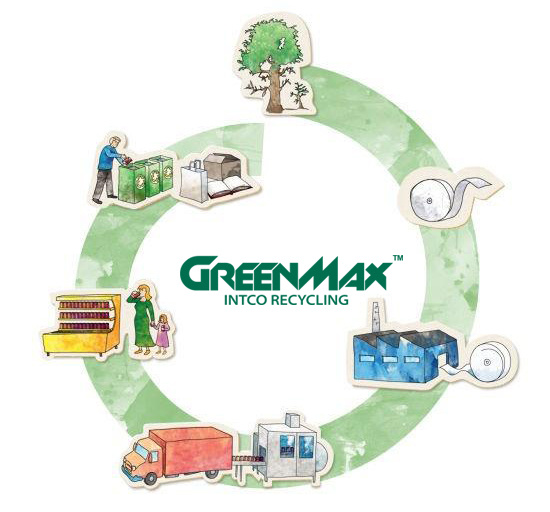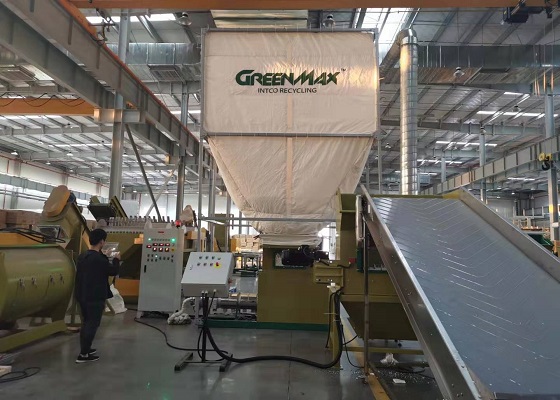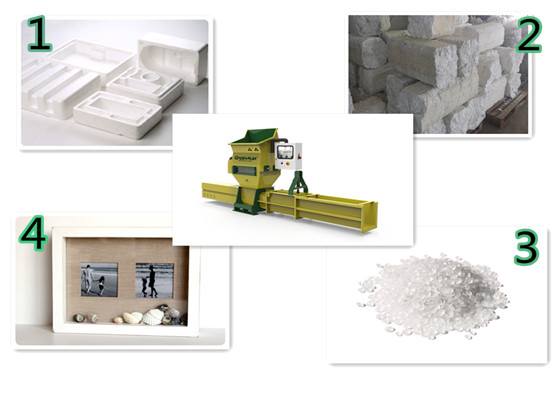Foam, commonly known as Styrofoam, is a
trademark of Dow Chemical, and No. 6 foam is also known as Styrofoam, Expanded
Polystyrene, EPS, and Styrofoam. Because its light weight helps reduce shipping
costs and its excellent cushioning properties reduce breakage, size 6 foam is
widely used to protect electronics during shipping. Likewise, it is the
material of choice for egg cartons, fast food takeout containers, foam pans,
and foam cups because of its light weight, good insulation (maintains
temperature), and low cost. Another benefit of this material is that it is
recyclable.
What is the necessity of recycling foam?
On the one hand, these foam wastes are
light in weight, large in size and stable in chemical properties. They will not
rot or be degraded in the natural environment for a long time, and directly
pollute the environment. Therefore, the recovery and treatment of these wastes
has become a top priority.
Exploring and implementing the recycling
and utilization of waste polystyrene raw materials has dual meanings, that is,
to deal with the waste, purify the environment, and to develop renewable
resources, so that the waste can be reused.
What is the new technology of foam recycling?
Technology: PS foam scraps and leftovers
can be directly hot-melted into recycled PS particles; PS foam waste products
can be crushed first by a GREENMAX foam densifier, and forced into an extruder by a
screw propeller for extrusion and granulation to make PS recycled materials ,
regenerated particles.
Application of waste foam recycling:
Application: Since the particle color and
performance of PS recycled material have not changed significantly, and the
performance is good, it can still be used as PS raw material in combination
with new PS to make PS foam products. This PS recycled material can be used in
a variety of daily necessities such as shoe soles and electronic parts and
other recycled plastic products. Such as household photo frames, baseboards,
etc.


